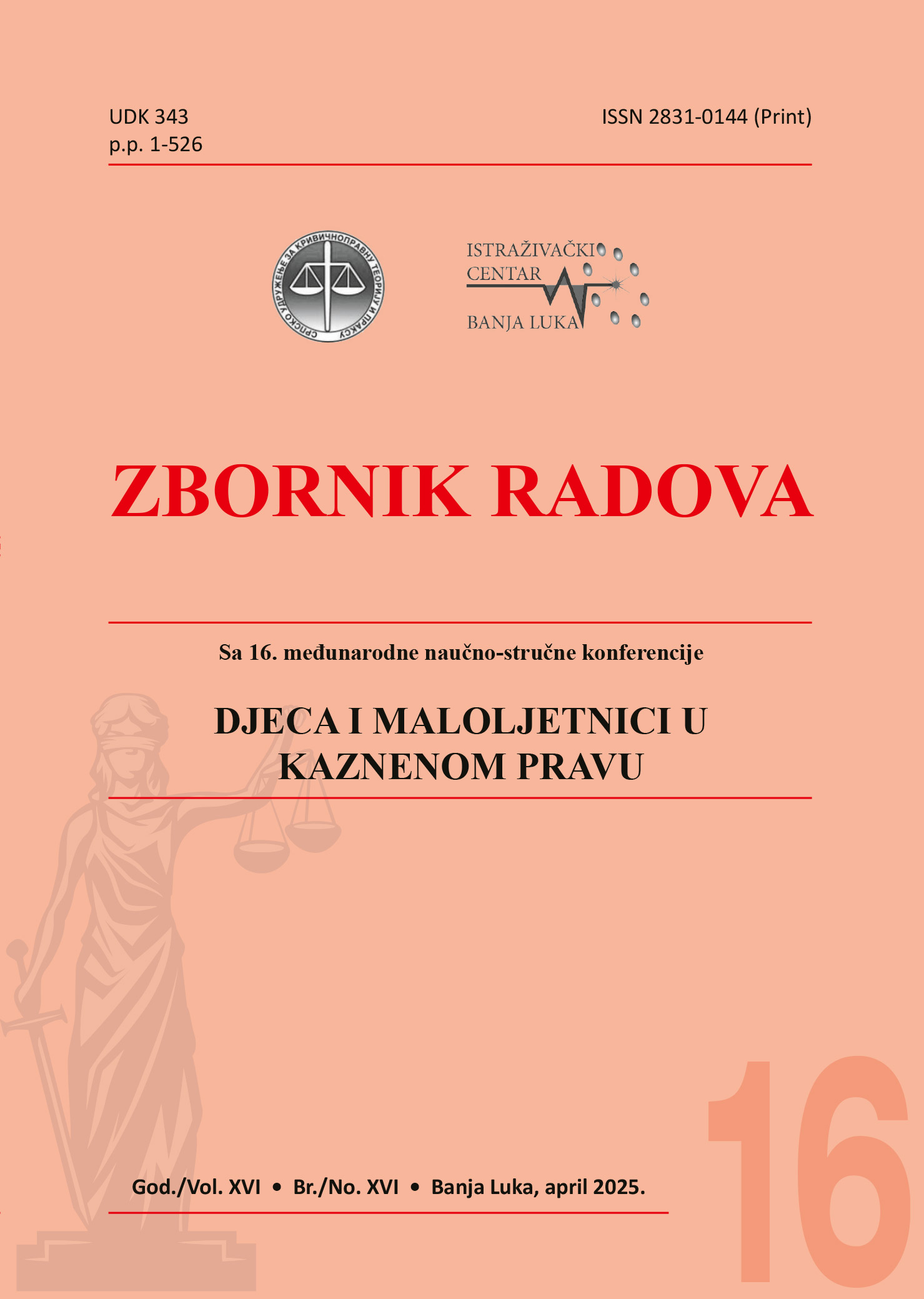INDICATIVE EVIDENCE – PROOF BY INDICATIONS
DOI:
https://doi.org/10.7251/CEST1625324MKeywords:
indicia, circumstantial evidence, proof by circumstantial evidence, circumstantial ring, logical connection of circumstantial evidenceAbstract
Indicative evidence is facts that do not provide direct evidence of a fact, but rather a certain fact is inferred from them based on circumstances, logic and other indirect facts. This evidence often plays a key role in the process of revealing, clarifying, proving a criminal offense, perpetrator, and especially when there is no direct evidence.
Proving by indications is the process in which the competent authorities, and ultimately the court, makes a final conclusion/judicial decision based on such indirect evidence, indications. This process is characterized by a high degree of logical inference, in the context of free judicial decision-making. In order to reach a guilty verdict, the court's conclusion must be "beyond reasonable doubt" where the available evidence unequivocally indicates the guilt of the person, leaving no room for a different rational decision.
The paper will analyze the essence of circumstantial evidence, and then of proof by circumstantial evidence, as a kind of system of cohesion of circumstantial facts based on their close connection, logical causality. In this context, several criminal cases will be presented, where proof by circumstantial evidence played a key role in reaching a guilty/acquittal verdict.
